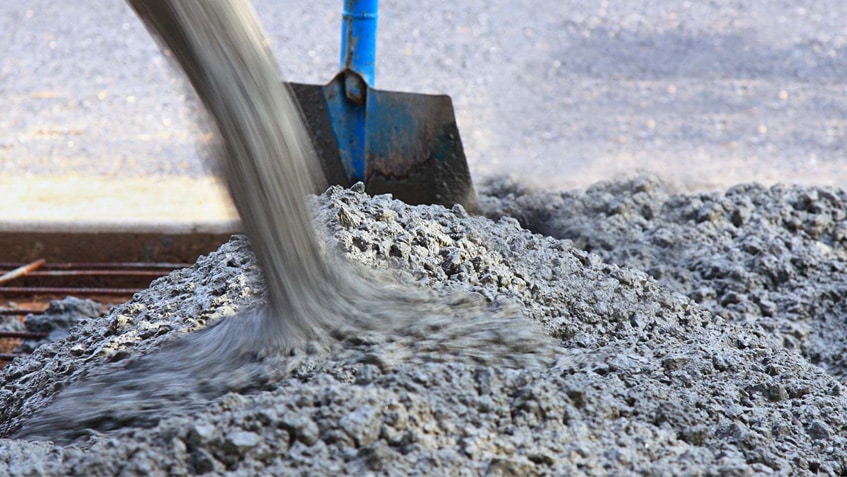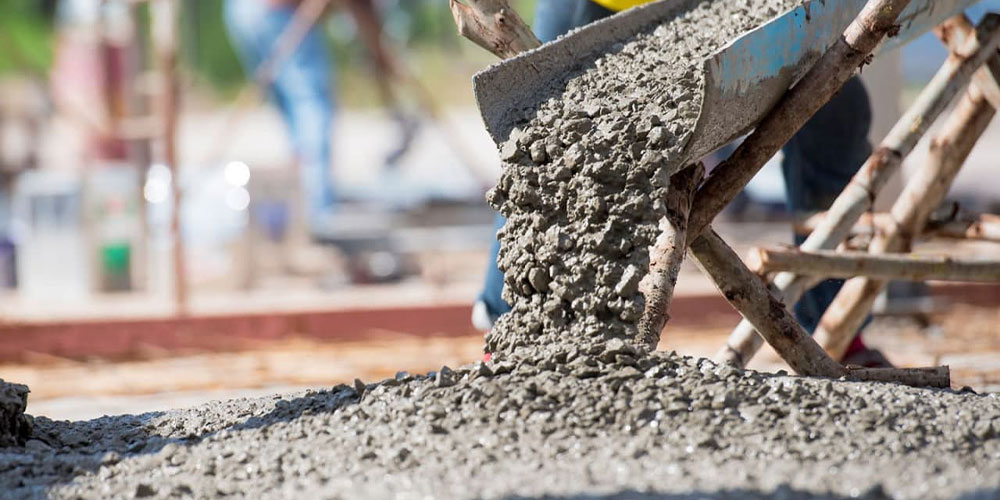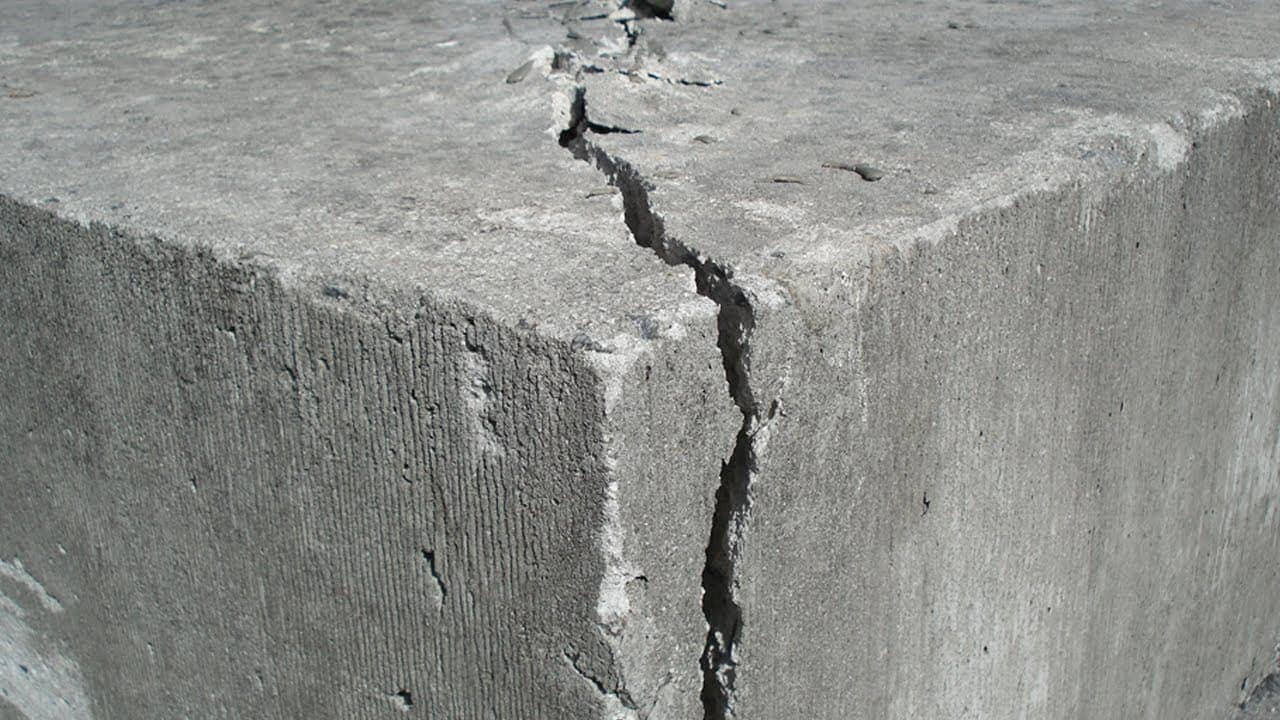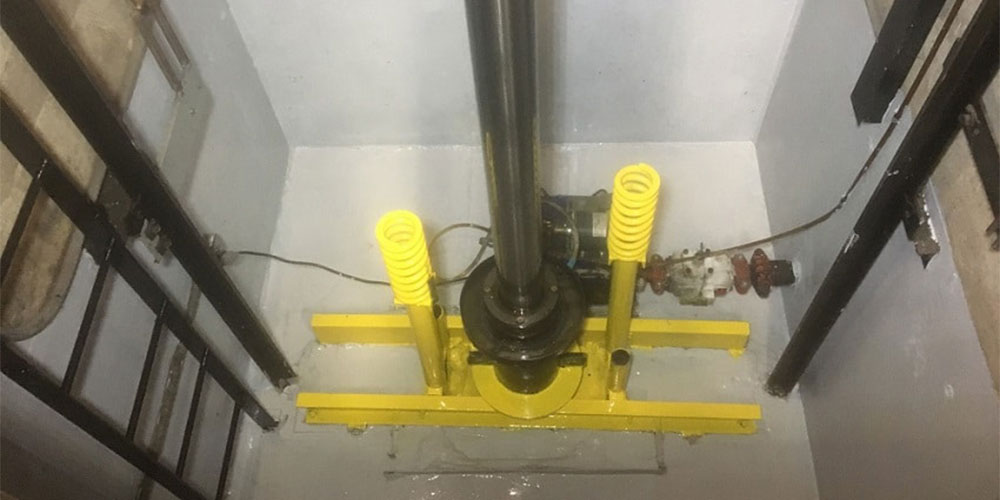The assessment and assurance of concrete quality are carried out in two ways:
-
Quality Assurance (QA)
-
Quality Control (QC)
Quality control of raw materials or components of any product will ensure the quality of that product. The methods for performing quality assurance operations for concrete components, the concrete itself, concrete elements, and structures include the following:
- Quality control tests of raw materials
- Training of human resources
- Appropriate organization and management for production
- Control of tools, equipment, and calibration of measuring instruments
- Control of production methods
According to the guidelines, regulations, technical specifications, and execution standards, the benefits of quality assurance are as follows:
- Reduction of product rejection probability
- Production of high-quality and economical products
- Reduction of sampling for quality control
- Increase in confidence in the produced product
- Reduction of product quality control costs
- Reduction of quality control time
- Conservation of natural resources, raw materials, and reduction of wastage
- Reduction of environmental pollution
- Optimal use of human resources and equipment
Quality control is always performed after the production of each product, and the procedure for implementing quality control is as follows:
- Sampling of the final produced product using standard methods
- Testing on the final product
- Comparing the obtained results with standard or desired specifications
- Establishing relative assurance regarding production quality based on statistical science and probability
- Multiple sampling
- Significant costs incurred for sampling and testing
- Time spent on control and monitoring of the final produced product
Quality assurance of concrete as a specific product refers to:
- Quality control of concrete components (cement, aggregates, water, admixtures, and fibers) after preparation or production.
- Control of the storage methods for concrete components on-site.
- Quality control of concrete components after prolonged storage.
- Monitoring the skills, efficiency, and knowledge of concrete production personnel.
- Quality control of the equipment and machinery used for producing and transporting concrete.
- Calibration of scales and systems for measuring the weight or volume of concrete components.
- Control of quantities and ratios of concrete during mixing.
- Monitoring the moisture content of aggregates and the water-to-cement ratio.
- Control of mixing equipment (mixing method and duration).
- Control of transportation methods, concrete discharge, and temperature monitoring.









